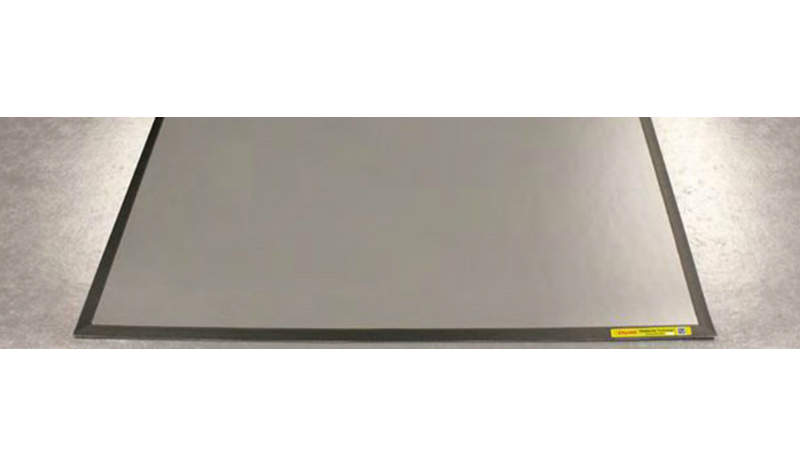

Dycem floating floors are high-performance, antimicrobial, loose-laid mats offering many of the same benefits as CleanZone and WorkZone without the need for permanent installation.
A floating floor can be placed over smooth or rough subfloors and can be self-installed with ease.
Where to use a floating floor?
Floating floors can be used in a wide variety of places, including:
- Locations where long-term adhesion to the sub-floor is not possible, such as raised floors, access tiles or construction areas
- At pedestrian entrances to critical areas to prevent ingress of contamination
- At pedestrian exits to prevent contamination leaving the critical area
- Inside airlocks, gowning rooms, air showers and material transfer areas to control and retain contamination
- In hallways to prevent cross contamination
- Inside the critical area adjacent to critical products and processes
Key features
Key features of Dycem’s floating floors include:
- Mats are pre-assembled, adhered onto a 1/16in thick isolator membrane and cold-welded edging to the Dycem material, ensuring a strong bond during its life-cycle
- The underside of the floating is an impervious vinyl layer resistant to moisture, which is non-absorbent and contains multiple peduncles in order to minimize sub-floor show through and maintain rigidity of the Dycem product
- Available in a range of colours for colour-coding critical locations and providing clear demarcation between clean and dirty areas
- Product life expectancy of between three and five years (if maintained correctly as per manufacturer’s instructions)
- Protected by a standard 12-month warranty from date of installation
Key benefits
Key benefits of the floating floors include:
- Reduced floor (up to 99.9%) and air particulate (up to 75%) counts in controlled or critical areas
- Long lasting, cost effective solution compared with peel-off mats and other alternatives
- Reduced microbial counts due to Biomaster, a high performance anti-microbial additive in all Dycem products
- Easy to clean, maintain, and incorporate into existing standard operating procedures (SOPs)

